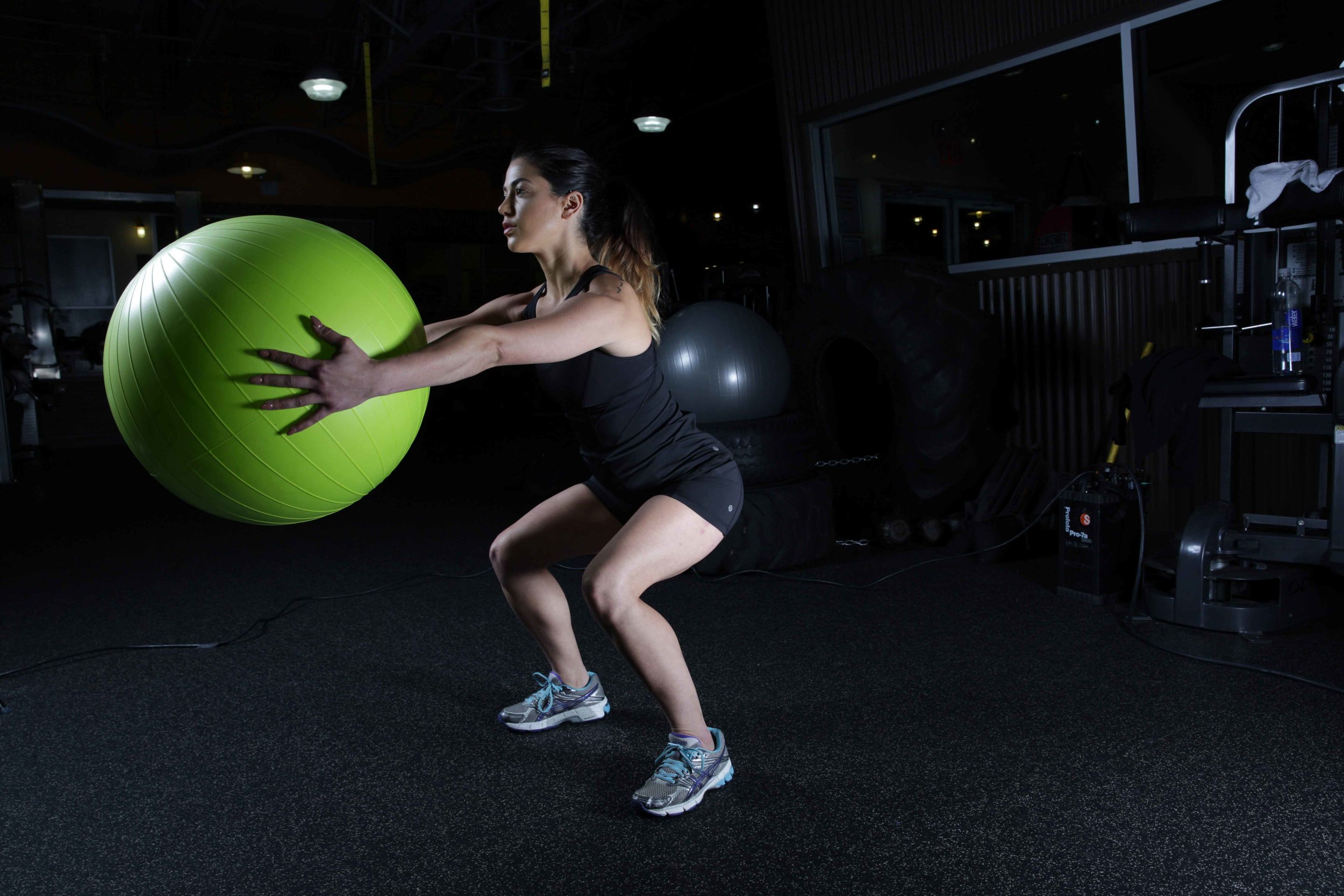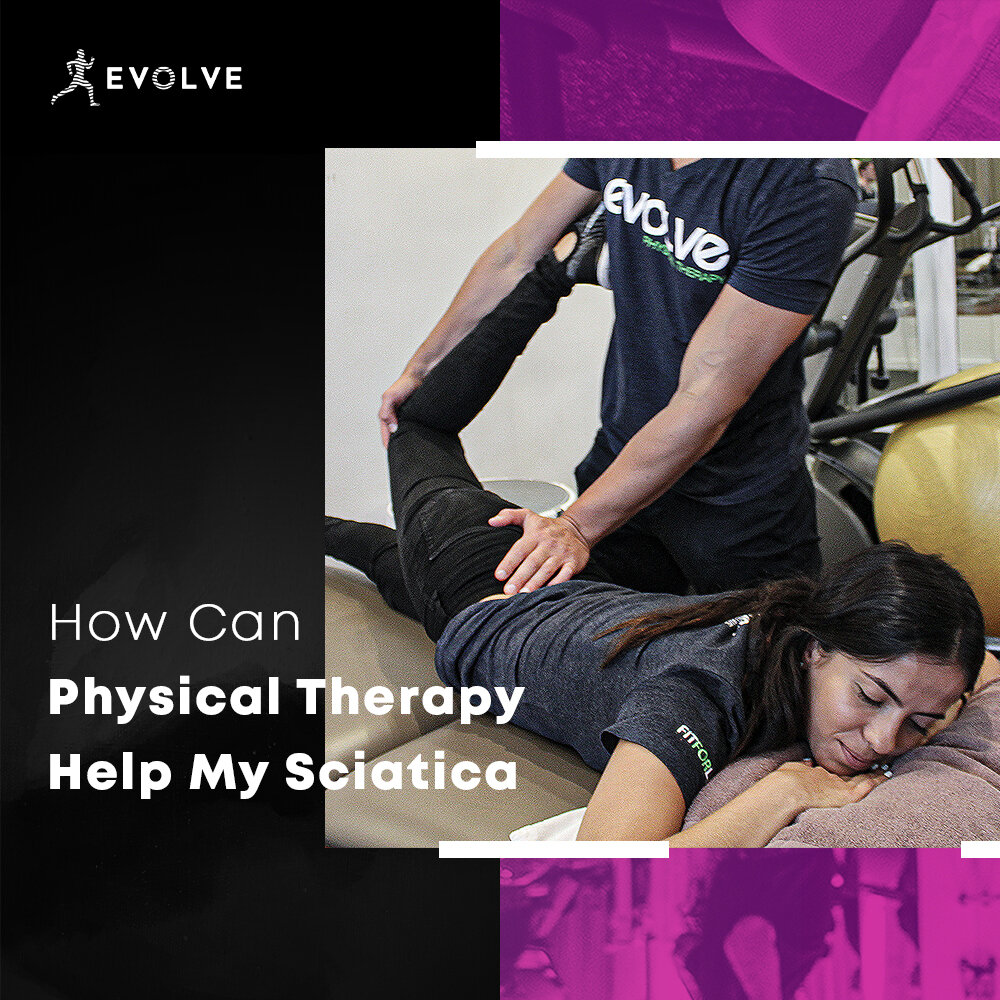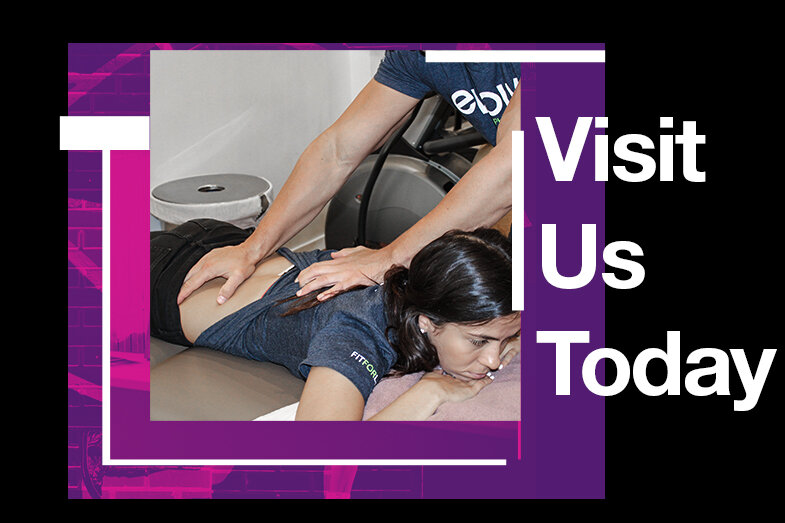
Brooklyn Physical Therapy News- Evolve NY
How Can Physical Therapy Help My Sciatica?
Physical Therapy and Sciatica- Physical Therapy is beneficial for people with sciatica for many different reasons. Therapy can help manage inflammation, improve daily function, and prevent future exacerbations of symptoms. Sciatica is best defined as irritation or inflammation along the pathway of the sciatic nerve which branches from your lower back, through your hips and down each leg, innervating many muscles.
Physical Therapy and Sciatica
Physical Therapy is beneficial for people with sciatica for many different reasons. Therapy can help manage inflammation, improve daily function, and prevent future exacerbations of symptoms. Sciatica is best defined as irritation or inflammation along the pathway of the sciatic nerve which branches from your lower back, through your hips and down each leg, innervating many muscles.
Sciatica is described as pain on one side, from the low back to the buttock, down the back of the thigh and sometimes reaching the calf. This pain is often accompanied by numbness and/or tingling, may present as a mild ache, or a sharp burning sensation and may get worse with prolonged sitting. Increased abdominal pressure may make it worse, such as when sneezing or coughing. Although described as “sciatica”, the symptoms experienced will vary from person to person.
There are many possible causes for pain that travels down the leg. This may be described as “radiating pain”. However, true radiculopathy includes diminished reflexes, sensation loss/changes, and weakness. Some causes of sciatic symptoms include hamstring strains, a herniated disc, tissue degeneration, spinal stenosis, small stress fractures, sacroiliac joint dysfunction, and piriformis syndrome. Your physical therapist can determine the root of the cause by using special neurodynamic testing.
Without understanding the reason for your sciatic symptoms, it may be difficult to treat your symptoms with long term relief. A great physical therapist will give you a specific plan of care to address the cause of the pain with the goal of resolving this episode and preventing future exacerbations. Specific exercises will target underlying causes. For example, if the cause of the pain is from a herniated disc, exercises will include putting your spine in a position to encourage extension, taking pressure off of the disc and decreasing pain. Acute cases of sciatica usually get better with 4-6 weeks of physical therapy. Chronic sciatic pain that has lasted for over 8 weeks may take longer to resolve in PT.
You and your physical therapist will become a team in order to get yourself better. Being consistent with home exercises and focusing on correct form will take you a long way. This is key in getting the maximum benefits of your treatments.
Some general goals for physical therapy may include:
Increase core strength, including the low back, abdomen, glutes, and hips.
Stretching to loosen tight muscles, such as the hamstrings
Increase circulation with light aerobic exercises like walking, swimming, stationary recumbent cycling, and using the elliptical.
While you may be able to find temporary relief on your own with home remedies, a physical therapist at Evolve will work with you in order to treat the underlying cause of the issue and provide long term relief.
Click here to find out more information about physical therapy for Sciatica
About Evolve Physical Therapy in Brooklyn-
Got Pain? Schedule a Consultation Today! Walk Ins Welcome.
Brooklyn's Premier Holistic Physical Therapy Clinics- There’s physical therapy, there’s training, and then there’s EVOLVE. We use the science of biomechanics merged with fitness to help our patients get better and stay better!
First we evaluate, then we heal, then we strengthen our clients so they can reach their goals, feel better, and live happier lives. We do so by utilizing a range of core techniques and specialized treatments to reduce pain, improve mobility, enhance physical strength and deal with the underlying issues, not just the pain itself.
Multiple Locations!
How Can Physical Therapy Help My Sciatica?
What is Sciatica?
Sciatica is one of the most common symptoms associated with lower back pain. It refers to the sensation of burning pain that tends to radiate from the buttock down the leg. The distance the pain travels is typically correlated to the extent of the irritation effecting the nerves. The name “sciatica” comes from the sciatic nerve, which is one of the largest nerves in the body…
By Nick Mazzone, PT, DPT, CSCS
What is Sciatica?
Sciatica is one of the most common symptoms associated with lower back pain. It refers to the sensation of burning pain that tends to radiate from the buttock down the leg. The distance the pain travels is typically correlated to the extent of the irritation effecting the nerves. The name “sciatica” comes from the sciatic nerve, which is one of the largest nerves in the body. The spinal nerves that become irritated are typically those that eventually come together to form the sciatic nerve (from spinal level L4 to S3). Sciatica is not a permanent condition and does not typically require surgical intervention.
What causes sciatica?
These symptoms are typically caused by excess pressure on a nerve after it exits the lumbar spine (lower spine). This pressure can come from a herniated disc, arthritis in the lumbar region, and other conditions in which the space that the spinal nerve travels becomes compressed or shrinks.
How can physical therapy help improve this condition?
This condition is relieved by decompressing the region in which these spinal nerves travel. This can be achieved through a specific mobility and strengthening program that includes postural education and awareness training. These specific exercises will depend on the location at which the nerve is being irritated. Generally speaking, in order to decrease pressure in the lumbar region of the spine, you must be mobile in not only the lumbar spine but the thoracic region (mid back) and hips. This will help take pressure off the low back by allowing a more even distribution of movement. Think about it this way: If you are lacking proper mobility in your thoracic spine, your lumbar spine will have to make up for this lack of mobility. This can lead to increased stress and strain in this area. The same idea works for the hips.
Postural training is important in helping to decrease pain and inflammation in the low back. The pelvis and lower spine are anatomically connected (the lower spine actually sits in the pelvis), and therefore movement between the two will be interrelated. The position of the pelvis will dictate the posture in our lumbar spine during all activities (including at rest!). Depending on where the nerve irritation is occurring, this positioning of the pelvis will either increase or decrease pressure on the nerve. If the irritation is occurring at the point where the nerve exits the spinal canal (at the nerve root), extension of the lumbar spine should help alleviate the pressure by “opening” the region where the spinal nerves exit, while flexion of the lumbar spine may increase pressure due to “closing” of the region. Refer to the picture above for a visual of this phenomenon. “Lordosis” is known as lumbar spine extension, while “flat” spine refers to a flexed spine. The picture below demonstrates these movements.
Click here to find out more information about physical therapy for sciatica or call 1-718-258-3300
Check out this video that demonstrates a simple mobility exercise for the sciatic nerve to help alleviate your symptoms of sciatica:
Nick Mazzone received his Doctorate in Physical Therapy from Stony Brook University. He has a strong background in strength and conditioning and aims to bridge the gap between strength training and physical therapy. Nick believes that a lifestyle centered around physical fitness and mental well-being are vital to one’s successes and happiness. For this reason, he educates his patients on pain science and helps empower them and motivate them to reach their goals every day. You can find him at Evolve Physical Therapy in Mill Basin, Brooklyn, NY. To view some of his other content, visit drnickmazzonedpt.wordpress.com.
Resources:
Main photo of sciatica pain in leg retrieved from https://www.magnilife.com/blog/5-effective-ways-for-dealing-with-sciatica-pain/
Photo of irritated nerve retrieved from http://arizonapaintreatmentcenters.com/from-dr-craig-peterson-mva-sciatica
Photo of lumbar flexion and extension retrieved from https://b-reddy.org/making-pull-ups-and-burpees-more-shoulder-and-lower-back-friendly/
Photo of pelvis position and lumbar spine retrieved from https://body-motion.co.uk/injuries/postural-pain/improve-your-sitting-posture/









